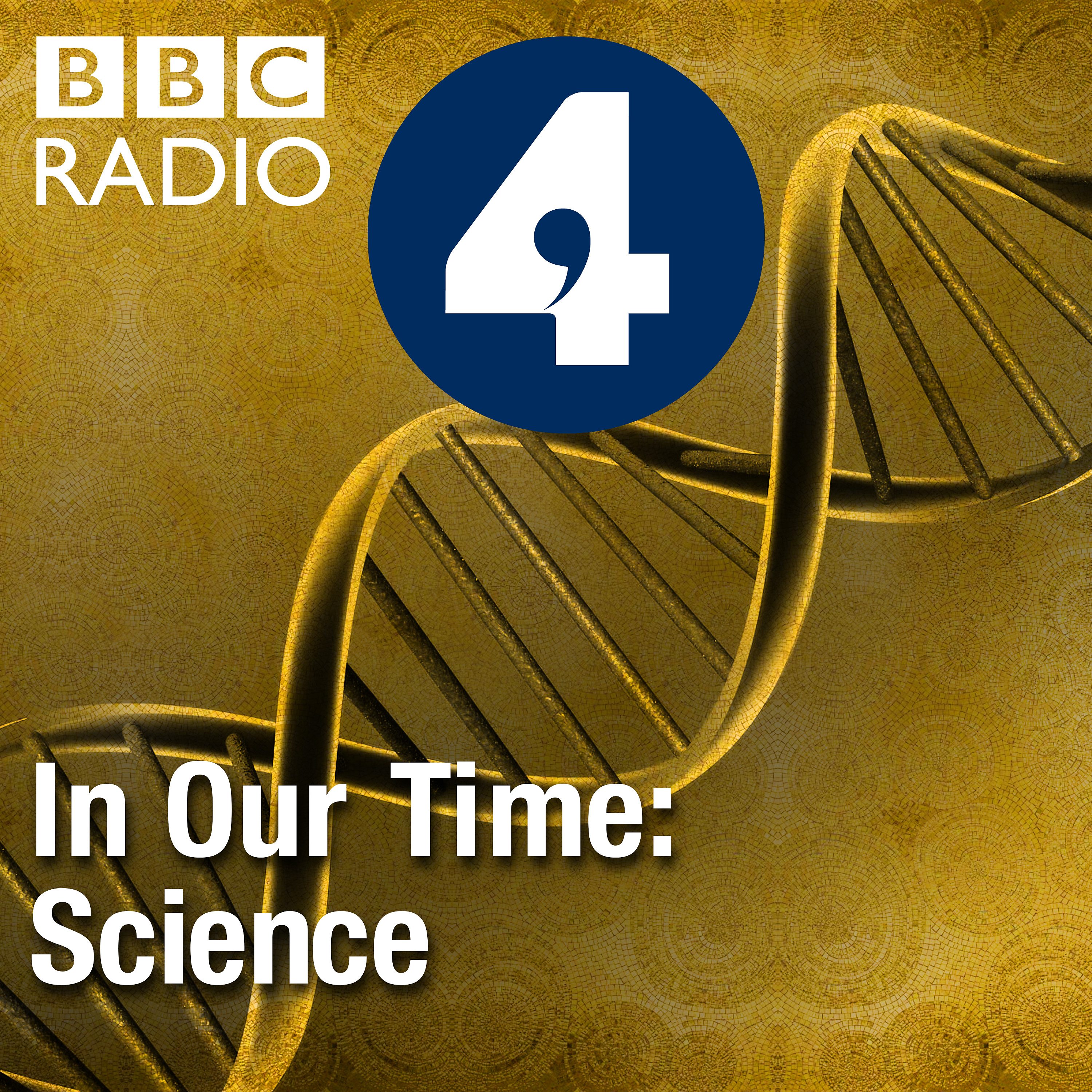
Deep Dive
Shownotes Transcript
Melvyn Bragg and guests discuss slime mould, a basic organism that grows on logs, cowpats and compost heaps. Scientists have found difficult to categorise slime mould: in 1868, the biologist Thomas Huxley asked: ‘Is this a plant, or is it an animal? Is it both or is it neither?’ and there is a great deal scientists still don’t know about it.
But despite not having a brain, slime mould can solve complex problems: it can find the most efficient way round a maze and has been used to map Tokyo’s rail network. Researchers are using it to help find treatments for cancer, Parkinson's and Alzheimer's disease, and computer scientists have designed an algorithm based on slime mould behaviour to learn about dark matter. It’s even been sent to the international space station to help study the effects of weightlessness.
With
Jonathan Chubb Professor of Quantitative Cell Biology at University College, London
Elinor Thompson Reader in microbiology and plant science at the University of Greenwich
And
Merlin Sheldrake Biologist and writer
Producer: Eliane Glaser
In Our Time is a BBC Studios Audio production